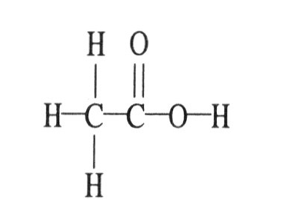

So total lone pairs on oxygen alone are 9.Īs we have seen that there are 3 bonds so after 9 lone pairs on oxygen we are left with only one lone pair which is assigned to Chlorine. The central atom of this compound is Chlorine and there are three bonds made between Chlorine and Oxygen in the starting phase.Īs you can see the picture shows the lone pair of electrons on the other atoms after the initial bonds are made.Įvery oxygen atom has 3 lone pairs to complete its octet. To find the valence pairs we will divide the total number of valence electrons by 2 because a pair can be made with the help of 2 electrons. The total number of valence pairs can be found by adding all the pi and sigma bonds the compound makes with lone electrons. Now we will find out about the lone pairs available. Now to find the total valence electrons of the compound we will total the electrons of Oxygen, Chlorine, and one negative charge which is, =7+18+1 = 26.Ģ.

Thus, there is a negative charge on one of the oxygen atoms due to electron receiving. And as there are three atoms of Oxygen thus total valence electrons come to 6*3 = 18.Īs we have told you in the introduction section that this compound is an anion. And as there is only one atom of Chlorine thus total valence electrons come to 7*1 = 7.

We have to first find the total number of valence electrons in the compound. Let us move ahead step by step and see how the Lewis structure of ClO3- is made.ġ. Lewis’s structure is nothing but a method by which we can show pictorially how the bonds are formed and placed in a compound. When we read about Lewis’s structure we get to know about the bond formation and position of different atoms in the plane. Lewis’s structure is a very important concept if you want to understand more about the compound. Now when we have read a little about what Chlorates are and how they are formed, let us move ahead and see their Lewis structure and geometry. Thus, any kind of material which is easily combustible like sugar, charcoal, etc should not be brought near the ClO3- compound.Īnother reaction that gives us the metal chlorates is when chlorine is added with hot metal hydroxides:Ĭhlorates are highly toxic in nature but during reactions, they form chlorides which are not harmful in nature. The property of chlorates is that they are very powerful oxidizers and thus they should be kept away from materials that can be easily oxidized. Here you can see the changes that occurred to the Chlorine atom. If the question arose in your mind that what is a Redox reaction then let us tell you that it is a type of reaction in which the oxidation state of atoms is changed. This compound can be made in a Redox reaction between chlorine and sodium hydroxide:ģCl2(g) + 6OH−(aq) -> 5Cl−(aq) + ClO3−(aq) + 3H2O(l) The molecular weight of the compound is 83.45 g/mol.ĬlO3- appears to be a wet substance mostly a solid which has moisture in it.

Chlorine trioxide is non-combustible in nature but when it gets combined with combustible materials explosion is likely to occur. ClO3- or chlorine trioxide or chlorate is a monovalent inorganic anion that is soluble in water.


 0 kommentar(er)
0 kommentar(er)
